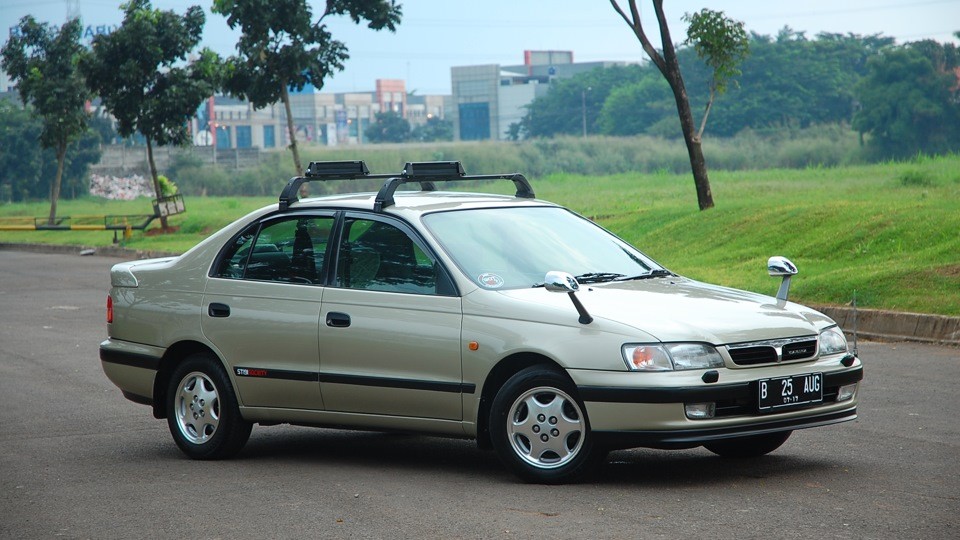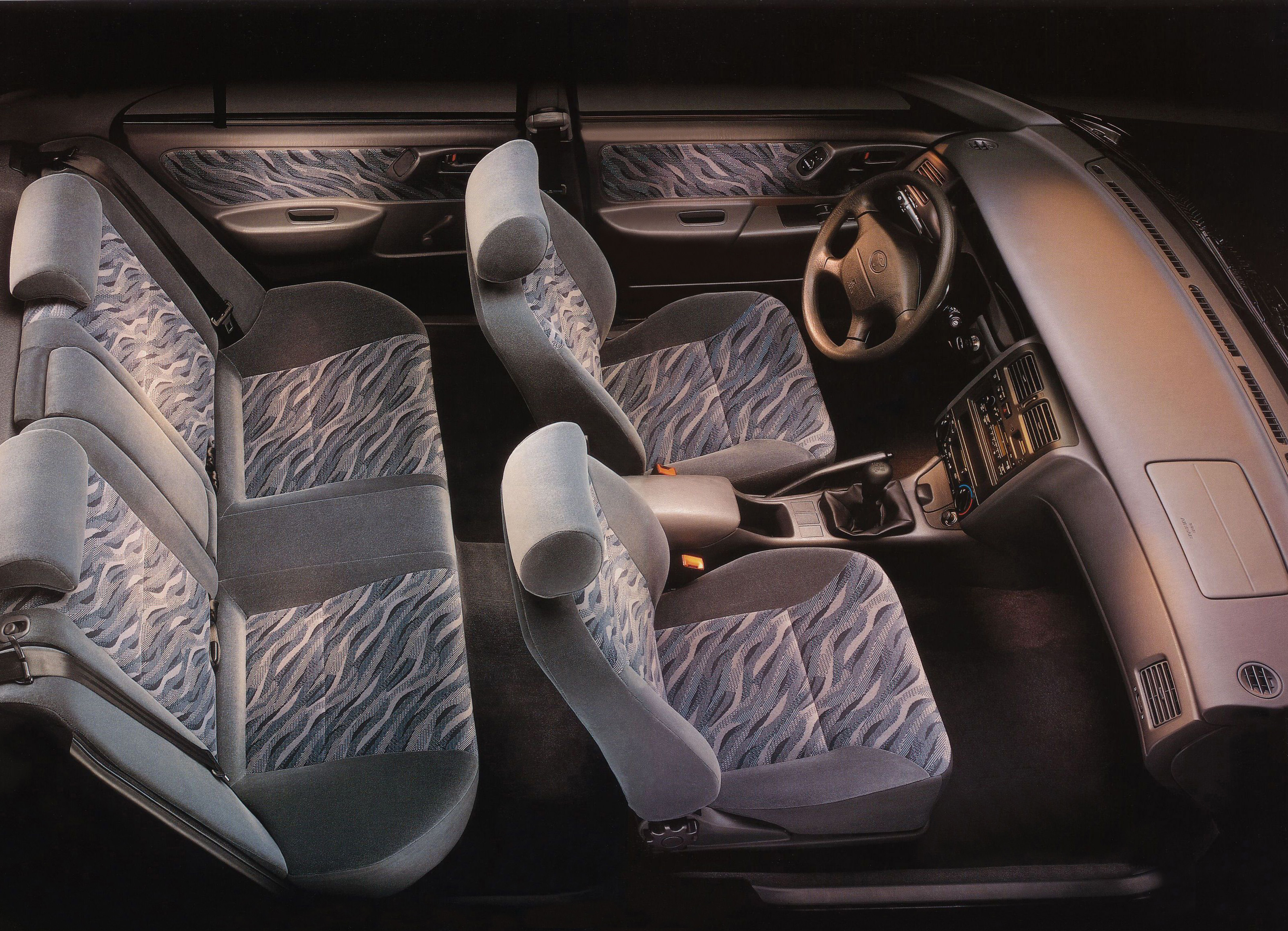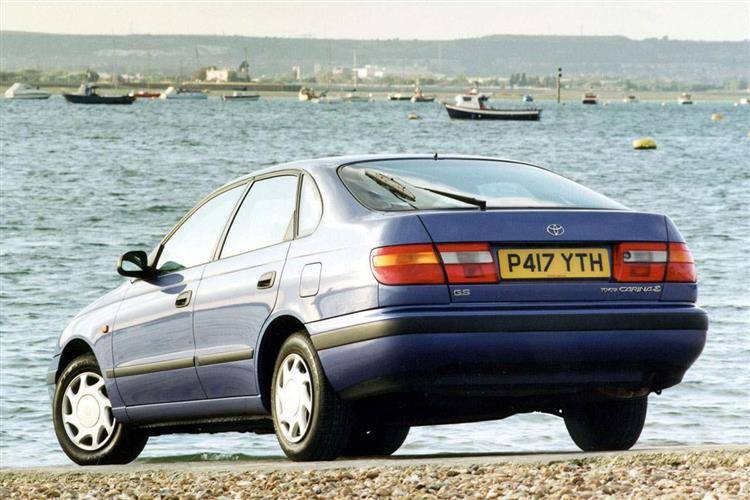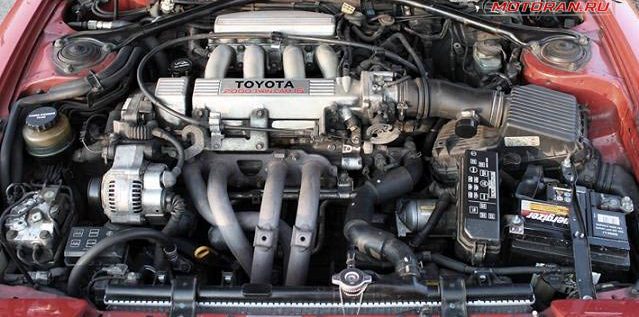
Toyota Carina E engines
The Toyota Carina E was launched off the assembly line in 1992 and was intended to replace the Carina II. The designers of the Japanese concern had a task: to create the best vehicle in its class. Many experts and masters of service centers are convinced that they coped with the task almost perfectly. The buyer was given a choice of three body options: sedan, hatchback and station wagon.
Until 1994, cars were produced in Japan, and after that it was decided to move production to the British city of Burnistown. Cars of Japanese origin were marked with the letters JT, and English - GB.

Vehicles produced from the English conveyor were structurally different from the Japanese versions, since the supply of components for assembly was carried out by European manufacturers of spare parts. This led to the fact that the details of the "Japanese" are often not interchangeable with the spare parts of the "English". In general, the build quality and materials have not changed, however, many Toyota connoisseurs still prefer cars made in Japan.
There are only two types of Toyota Carina E trim levels.
The XLI version has unpainted front bumpers, manual power windows and mechanically adjustable mirror elements. The GLI trim is quite rare, but it is equipped with a good package of features: power windows for the front seats, power mirrors and air conditioning. In 1998, the appearance was restyled: the shape of the radiator grille was changed, the Toyota badge was placed on the bonnet surface, and the color scheme of the rear lights of the car also changed. In this guise, the car was produced until 1998, when it was replaced by a new model - Avensis.
Interior and Exterior
The appearance of the car is quite nice when compared with competitors. Salon space has a lot of space. The rear sofa is designed for a comfortable fit of three adult passengers. All chairs are comfortable. For increased safety, all seats, without exception, are equipped with head restraints. Between the backs of the front garden sofa there is a lot of space for landing tall passengers. The driver's seat is adjustable both in height and in length. Also worth noting is the changing angle of the steering wheel and the presence of an armrest between the front row seats.

The front torpedo is made in a simple style and there is nothing superfluous on it. The design is made in harmonious and modest features, there are only the most necessary elements. The instrument panel is illuminated in green. The windows of all doors are controlled using a control unit located on the armrest of the driver's door. Also on it are unlocking the locks of all doors. The exterior mirrors and headlights are electrically adjustable. In all body versions of the car there is a spacious luggage compartment.
Line of engines
- The power unit with the index 4A-FE has a volume of 1.6 liters. There are three versions of this engine. The first one has a catalytic converter. In the second catalyst was not used. In the third, a system is installed that changes the geometry of the intake manifold (Lean Burn). Depending on the type, the power of this engine ranged from 99 hp. up to 107 hp. The use of the Lean Burn system did not reduce the power characteristics of the vehicle.
- The 7A-FE engine, with a volume of 1.8 liters, has been produced since 1996. The power indicator was 107 hp. After the Carina E was discontinued, this ICE was installed on a Toyota Avensis car.
- 3S-FE is a two-liter gasoline engine, which later became the most reliable and unpretentious unit that was installed in Karina e. It is capable of delivering 133 hp. The main disadvantage is the high noise during acceleration, arising from the gears located in the gas distribution mechanism, and serving to drive the camshaft. This leads to an increasing load on the belt element of the gas distribution system, which in turn obliges the car owner to carefully monitor the degree of wear of the timing belt.
According to the reviews of the owners in various forums, it can be understood that cases of valves meeting with a piston system happen very rarely, despite this, it is better to replace the belt in a timely manner than rely on luck.
- The 3S-GE is a 150-litre beefy powertrain designed for sporty riders. According to some reports, its power characteristics range from 175 to 1992 hp. The motor has very good torque both at low and medium speeds. This contributes to good acceleration dynamics of the car, regardless of the number of revolutions per minute. Combined with excellent handling, this engine brings the driver a pleasure to drive. Also, to improve the comfort of movement, the suspension design was changed. In the front, double wishbones were installed. This contributes to the fact that the replacement of shock absorbers must be done together with the trunnion. The rear suspension has also been redesigned. All this contributed to an increase in the cost of servicing the charged version of Carina E. This engine was launched from 1994 to XNUMX.
 Toyota Carina E engine 3S-GE
Toyota Carina E engine 3S-GE - The first diesel engine with a power of 73 hp. labeled as follows: 2C. Due to its reliability and unpretentiousness in maintenance, most buyers are looking for models with this engine under the hood.
- A modified version of the first diesel was labeled 2C-T. The main difference between them is the presence of a turbocharger in the second, thanks to which the power has increased to 83 hp. However, it is worth noting that design changes also affected reliability for the worse.
Suspension
MacPherson-type independent suspension with anti-roll bars is installed at the front and rear of the car.

Сonclusion
Summing up, we can say that the sixth generation of the Carina line, marked E, is a very successful vehicle released from the assembly line of the Japanese automobile manufacturer Toyota. It features a modest design, excellent driving performance, economic performance, spacious cabin space and reliability. Thanks to the factory anti-corrosion treatment, the integrity of the metal can be maintained for a very long time.
From the diseases of the vehicle, the lower cardan of the steering mechanism can be distinguished. When it fails, the steering wheel starts to rotate jerkily and it seems that the hydraulic booster is not functioning.


